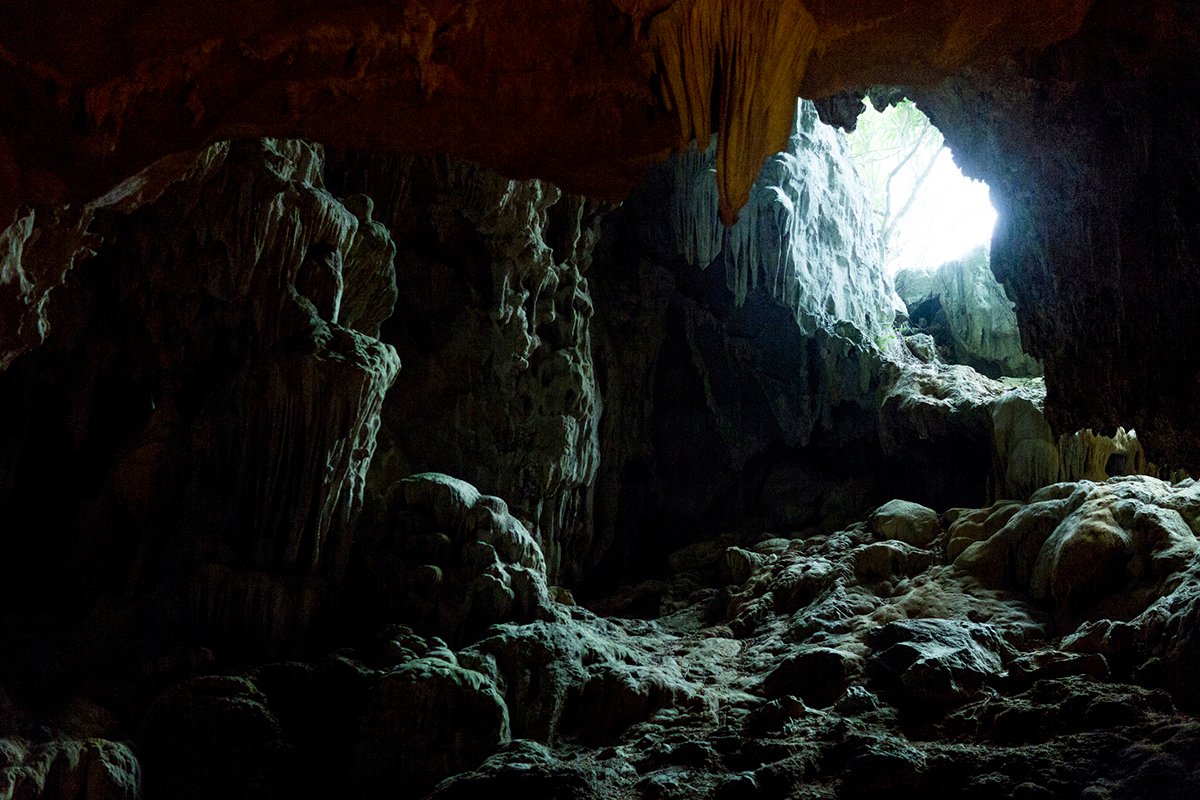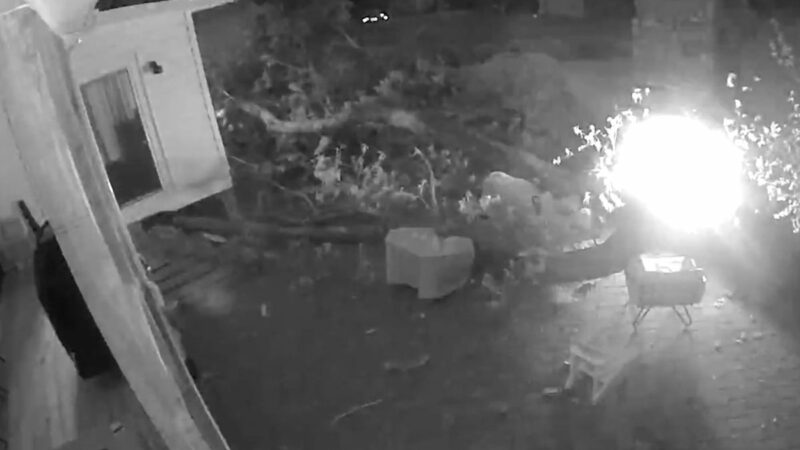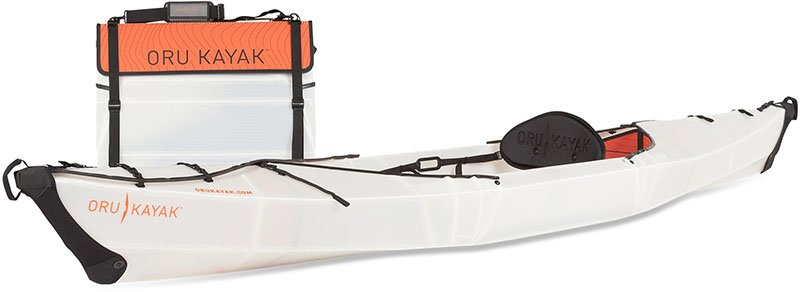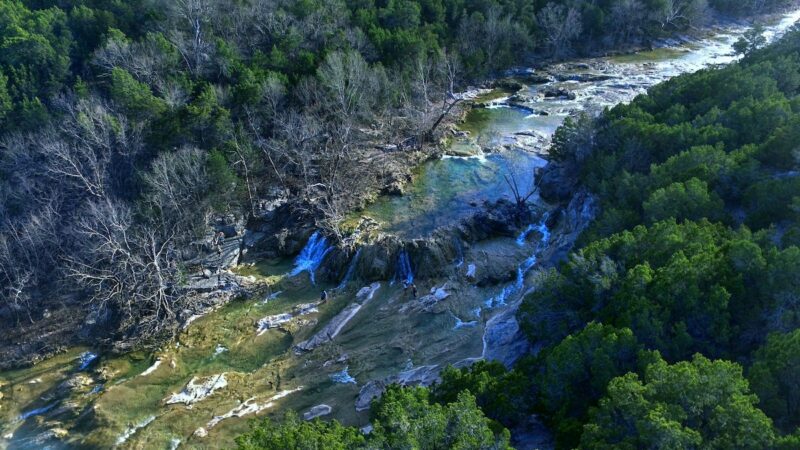Caves, Tunnels, Sewers: How Bear Grylls Survives Underground
Not many people like being in underground spaces, but survivalist Bear Grylls has explored many tunnel systems during his life. He has written about how, during his school days, he led his fellow pupils from Eton on secret night-time adventures such as crossing the local town via its old sewers. In his biography Mud, Sweat and Tears, Bear wrote that he would mark the way in the tunnels by jamming a playing card from a pack of cards into the brickwork at every ten paces.
Being used to these spaces came in handy when Bear did the pre-selection test for the SAS – which he ultimately passed, spending three years in the British Special Forces. Crawling around underground tunnels and sewers was part of the grueling assessment. In his biography, he writes about being pushed down a tiny manhole, with the cover then locked above him. Bear had to feel his way around dark underground passages, each with six inches of water and mud.
During these times, Bear learned some tricks and tips, so if you get stuck underground or in a cave, here are Bear’s survival tips:
Know the dangers of caves
Firstly, caves can seem like a good area for shelter, but they are dark and can be cold and damp. Smoke from a fire can linger in a cave. They can also be home to bats, including biting vampire bats, and guano (or bat poop) carries disease. Caves can also provide shelter to all sorts of dangerous creatures, everything from snakes and spiders to mountain lions.
“Caves can also be the entrance to a very hostile underground environment. The Mayans used to think that caves led the way to the underworld,” writes Bear in How To Stay Alive. “They called them Xibalba, the place of fear.”
Bear says that if you find yourself in a cave, tunnel, or sewer, you need to beware of all types of dangers from flash flooding to the risks from darkness, cold, and hypothermia.
How to deal with darkness
Light is very important, so if you do have a head torch or light, use it sparingly and if you have more than one, only use one at a time. If lighting a flame, beware of natural gasses underground.
Our eyes can often adapt to the dark when we are outside at night – night vision starts to kick in after about 10 minutes. But if you’re underground, with no ambient light, you may not get any night vision. When moving underground you may need to crawl (if the ground is dry) so that you can feel any holes or cliffs before you step into them.
Bear’s tip, from How to Stay Alive, is if you’re feeling the way ahead with your hands, have the backs of your hands facing forward, rather than your palms, to protect your palms. “Rock walls can be sharp and there can be all sorts of hidden dangers,” says Bear.

Avoid the effects of cold
Do everything you can to stay warm and avoid hypothermia. Make sure to wear all of the clothing that you have, and also wear a hat or wrap something around your head. If you’re getting cold, keep moving, but try to avoid working up a sweat which will lower your temperature. Bear advises huddling together if you are with other people, and taking your clothes off and putting them into a waterproof bag, if you need to get into water.
“If you’ve nothing in which to carry your clothes and you have to swim in them, take them off once you’ve emerged from the water and wring them out thoroughly before putting them back on,” says Bear in How To Stay Alive.
How to navigate in a tunnel
Underground systems, tunnels, and caves can be like a maze – so like Bear did with the playing cards, use some sort of marker system to avoid getting disorientated. Bear suggests leaving markers like distinct piles of stones. Also look back along the way, so that you know what it looks like going in the other direction in case you have to retrace your steps.
If you feel a draft, follow it as it may lead to an exit. Similarly, flowing water may have an exit (but beware if it is running into a tunnel with no way out – as you always need to have a way out).
Finally, always ration food and water carefully – in case the cave or tunnel systems require a long time to get out of.
Source: https://outdoors.com/how-bear-grylls-survives-underground/






